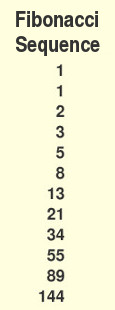
by John P. Pratt
25 Feb 2020, 1 Temple (SR), Celestial (S)
©2020 by John P. Pratt. All rights Reserved.
|
1. The Fibonacci Sequence 1.1 Doubling Growth 1.2 Fibonacci Growth 2. Fellowship Growth 2.1 Geography 2.2 Clergy 2.3 Friendships 2.4 Fibonacci Growth 3. Conclusion Notes |
 |
The Fibonacci Sequence is a series of numbers which is created with the number 1 and then adding to it the last number in the series. The second number is also 1 because there was no number preceding it, but then the next number is 2, arrived by summing 1 + 1. The next is 3, being 2+1, and the next is 5, derived from 3+2. Table 1 shows a list of "Fibonacci numbers", referring to members of the sequence. It can be seen that each number is the sum of the two immediately above it. For example, the last one shown is 144, which is the sum of the two above it: 55 + 89. The Fibonacci Sequence is one type of geometric series, even as doubling each number also is, because the ratios of succeeding numbers approach the fixed ratio of 1.618, called the "golden number". There are several excellent introductory articles about the Fibonacci Sequence.
So what is it that differentiates this series of integers such that it is found throughout nature in the growth of living organisms? To understand this, let us compare two kinds of growth, both of which are found in nature: doubling growth and Fibonacci growth.
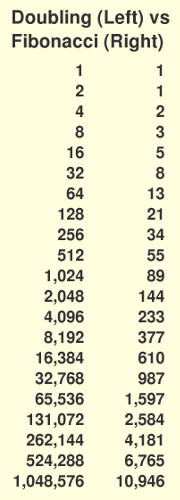 |
Another example of doubling is the number of your ancestors, if they did not marry relatives. You have two biological parents, and each of them has two parents, so you have four grandparents. Similarly, you have eight great grandparents and sixteen great-great grandparents. Again, going back twenty generations could lead to over a million ancestors if none married even distant relatives in that group.
Now let us consider similar examples, but instead of Fibonacci growth. This is much more common in nature because larger plants and animals do not divide into half, but instead have immature offspring. Plants can create seeds or send out runners as do strawberries. This reproduction may or may not involve males and females. For the purposes of this article, where the results are to be used growing an organization, it is assumed that all members are the same type, such a people, salesmen, etc.
Growth which involves time for offspring to become mature leads to what is called herein "Fibonacci growth". Depending on the details of the number of offspring per cycle and the time for them to mature, it can lead to sequences other than the classic Fibonacci series. It is slower than doubling because of the time required for the young to mature.
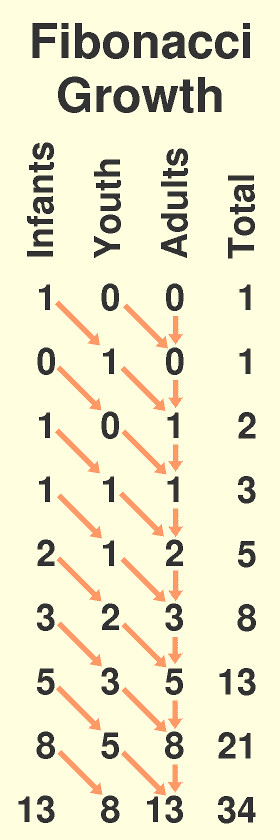 |
Let us begin with one infant. After one growth cycles it becomes a youth. After another it becomes an adult and produces an infant. Thus, if all growth cycles are synchronized, there will be two members of the group at the beginning of the third cycle: one adult and one infant (see Table 3). At cycle 4 the adult produces a second infant, so now the total is 3: 1 adult, 1 youth and 1 infant. At cycle 5 there are now 2 adults, 1 youth, and 2 new infants because both adults produce an infant, for a total count of 5. At each cycle, all of the youth become adults (bearing new infants) and all of the infants move up to youth. At each cycle there will be added a new group of adults equal to the last number of youth, and a new number of infants equal to the new number of adults.
Table 3 shows how this pattern continues. The arrows pointing diagonally down indicate that all of the infants grow to become youth and then the arrow continues down to the next line to show that all of the youth become adults, which in turn adds to the number of adults. Looking at pattern of the table, we see that each column also forms a Fibonacci Sequence. And in particular it can be seen why each new total equals the sum of the last two numbers: the last number equals the total number from the previous cycle plus the number of new infants, which equals the number from two cycles before.
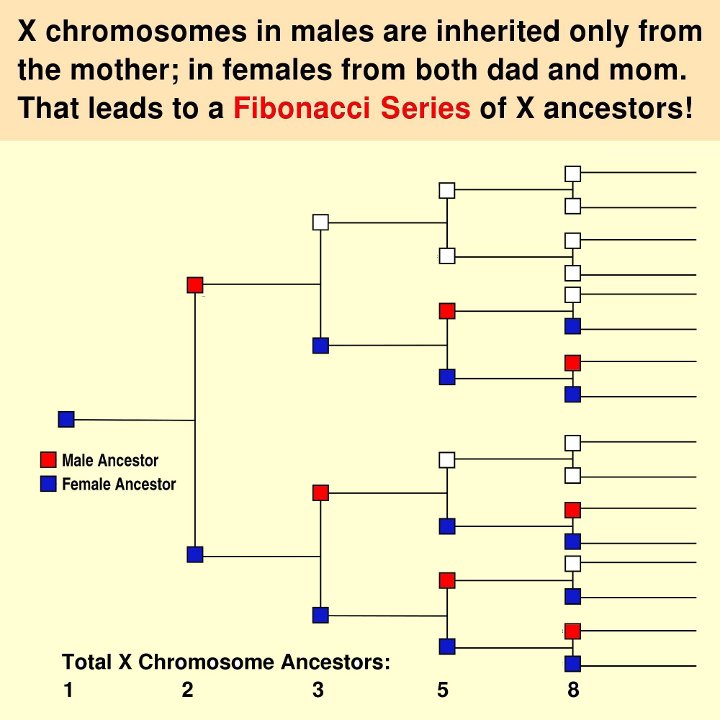 |
The answer turns out to produce a Fibonacci Sequence of possible ancestor contributors to the X chromosome, as shown in Figure 1. Note that this result does not depend on any assumptions about all of the members living or producing only one offspring per cycle. The "bottom line" is that, as shown in the bottom line of Table 2, the number of X chromosome ancestors going back 20 generations is only about 11,000 rather than a million!
Let us now turn to the problem of any organization that (1) is growing, (2) is divided into small groups of limited size, and (3) can divide its members into three levels of maturity in the organization. As mentioned above, this could apply to many such organizations, but the example which is focused on in this section is that of Christian fellowships.
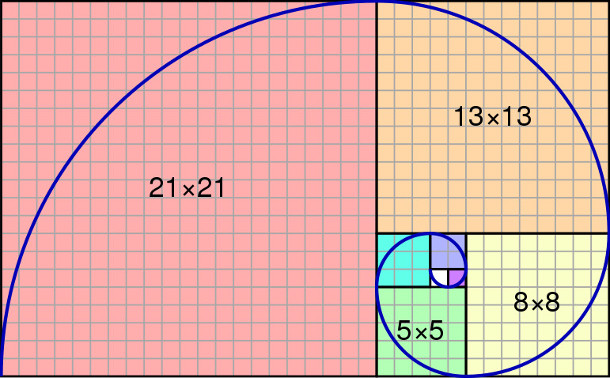 |
Today there are attempts being made to return to this simple worship method, which allows tithing money collected to be used to help sustain the poor rather than to pay for expensive buildings or pay a professional clergy. That was the use of tithes and offerings in the original Church of Christ.
A problem arises in implementing such fellowships which is not discussed in the New Testament. It is the question of just how to divide a fellowship when it gets too large to meet in a home. One solution is to build a church building, but the problem still arises at a larger level because there is a limit to how large a building can be built. For the purposes of this article, let us suppose that there is a requirement for fellowships to meet in homes. In that case, how should a fellowship be divided when needed?
There are several concerns to take into consideration in order to divide a fellowship. Some of those are geography, clergy needed, friendships, maturity in the gospel. Let us looks at each of those.
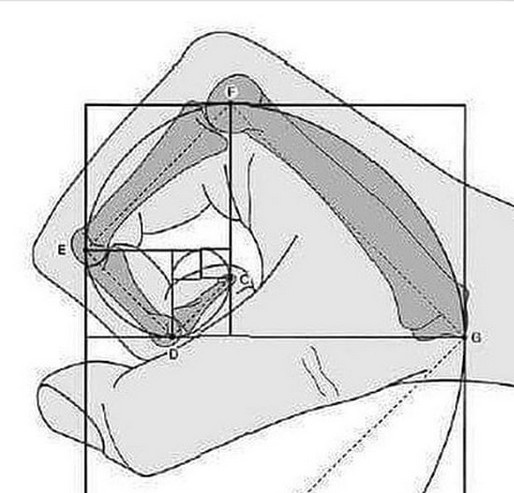 |
It is important that each division has a priest or whatever level of ecclesiastic authority is required to perform ordinances such as baptism of new converts and fellowship rites such as the sacrament of the Lord's supper. If tithes are to be collected, a person with that authority (or the potential to receive it) must also be available.
While it goes without saying that immediate families should not be broken up by the division of a fellowship, it may also be important that certain close friends be allowed to remain together. The idea of a fellowship is to have people worship together, help each other, and become of one heart and one mind. Very often a group of friends might be converted together, and perhaps they should stay together.
On the other hand, if the friendships are between the "disciples" (most solid in the faith) and also the top clergy, and those friends might be neighbors where they already have plenty of contact, it might be best to have those friends divided into separate fellowships in order better to serve the group. These can be tough decisions.
While these considerations already mentioned are not new to those who have wrestled with the problems of division from growth, it is here proposed that the Fibonacci Sequence might also be a valuable consideration.
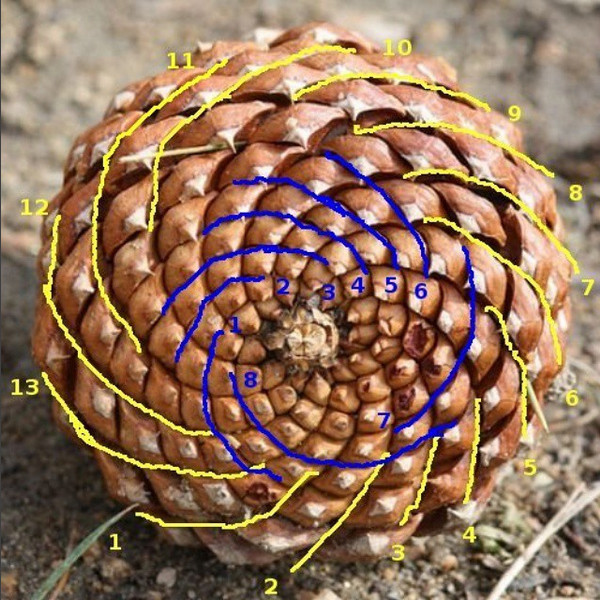 |
Then try to divide the group of 21 into a group 13 and 8, the next two lower Fibonacci numbers, using the first the criteria of geography, clergy, and friendships. Then check to see if each of the two new subgroups have the expected numbers of newcomers, teachers and disciples, as shown in Table 3. That is, does the group of 13 have about 5 newcomers, 3 teachers, and 5 disciples? Does the group of 8 have about 3 newcomers, 2 teachers, and 3 disciples?
This concept is similar to the division of a pride of lions. They need a certain number, usually about 15, to provide for the group. It must include 2 or 3 adult males for protection, perhaps 5 females for hunting together large animals such as giraffes, as well as the young to be cared for by the adults and to learn from their example.
All of these criteria are only guidelines and your situation may differ. At the least it is hoped that these ideas might be helpful in what is nearly always a difficult process.
A set of criteria is proposed to help decide how to divide a growing organization, which has a requirement to meet or work together in a limited space. The article introduces the idea of using the Fibonacci Sequence to aid in the division into two new groups. The only requirement to use this method for any organization is that the members can be divided into three levels of expertise in the field of interest.
While the method can be used for a variety of such organizations, the principal example of the article is the division of a Christian fellowship which is required to meet in homes. While usual criteria of geography, clergy, and friendships are considered, the emphasis of the article focuses on also including the time of being a member and the level of understanding and practice of the principles.
The basic idea is ideally to divide the large fellowship when it has the maximum Fibonacci number of members which fit into the home into two groups. The two new divisions should have a number of members equal to the next two lower Fibonacci numbers. The entire fellowship should have approximately the expected number of members at each of the three levels taken, for example, "newcomers", "teachers", and "disciples". After the division, each of the two new smaller groups should also have about the expected number of each of those levels. That criterion is to try to ensure the healthy growth of both groups.
This is yet another example of using a pattern which has been given to us in nature by a loving and all-wise Creator!